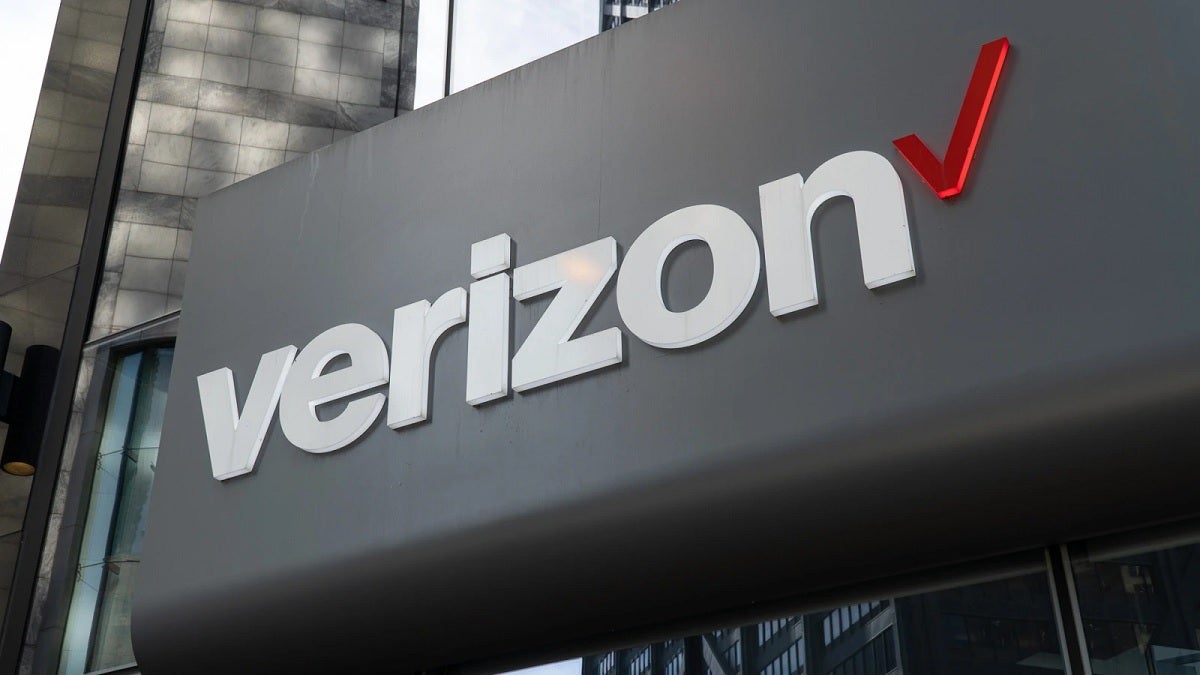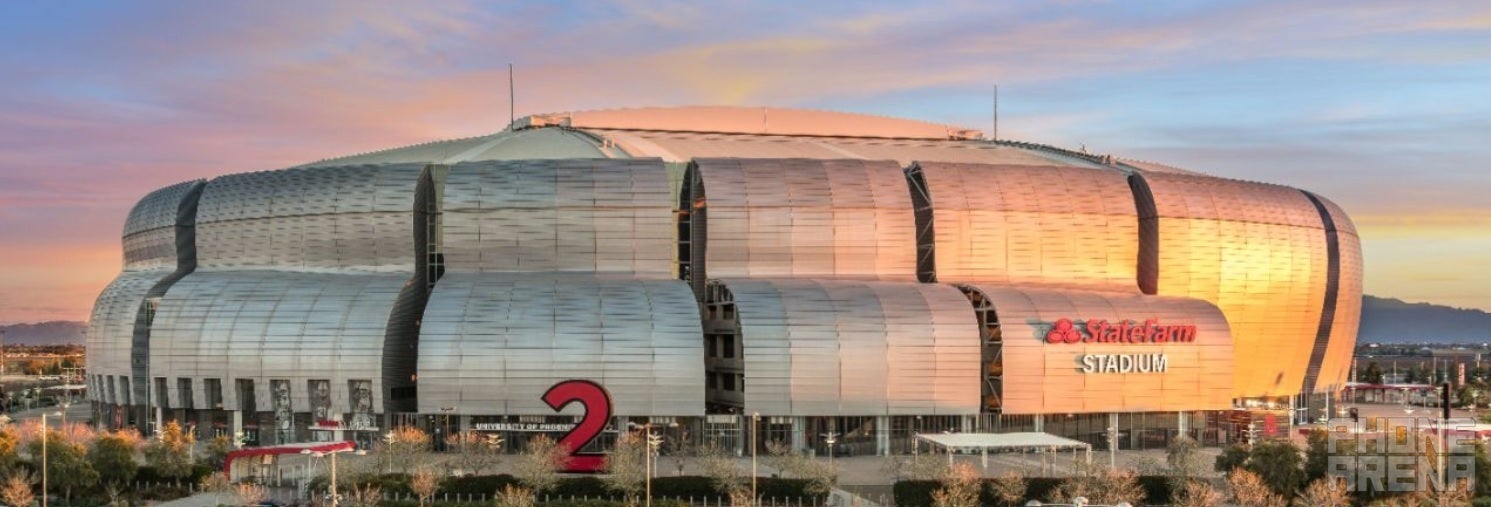The Chiefs didn't win the Super Bowl, Verizon did

While the Kansas City Chiefs won the Super Bowl on the field last month, Verizon might be considered the winner off the field and in the stands at State Farm Stadium. Before the game, the nation's largest wireless provider installed 490 5G nodes according to RCR Wireless. These nodes (aka small cells) transmit and receive data in densely populated areas such as the inside of a sold-out football stadium. 66 of the nodes were for Verizon's newest zippy mmWave 5G signals. Additionally, 1,400 4G and 5G antennas were placed around the stadium.
60% of the fans at the Super Bowl were Verizon subscribers
During the AFC-NFC Championship game, State Farm Stadium was filled with 67,827 good neighbors (you have to be from the U.S. to understand that reference) and 60% of them were Verizon customers. Verizon's investment, said the carrier's Vice President of Device Technology Brian Mecum, paid off. The executive said, "Eight minutes into the second quarter, [our customers] used more traffic now than [they] did at SoFi for all of last year's game."

Verizon subscribers used 47.8 TB of data inside State Farm Stadium on Super Sunday
Mecum also pointed out that this trend should continue as more and more Verizon network capacity is added before each Super Bowl contest. Verizon subscribers consumed a whopping 47.8 TB of data inside the stadium, up 57% from the previous year's game. And to help you realize how much data 47.8 TB is, it's equivalent to a single person binge-watching HD video for more than three years. He also said that while the zippy fast mmWave 5G spectrum was the star of the Super Bowl, Verizon also added access to the mid-band.
The thing to keep in mind is that mmWave 5G signals are the fastest but also travel the shortest distances. This makes these signals perfect for a stadium full of people shoehorned together as though they were sardines in a tin can. Low-band is used for nationwide 5G because these signals travel farther although the download data speeds are not much higher than 4G. Mid-band is considered the Goldilocks of 5G because they travel farther than mmWave and delivers faster download data speeds than low-band.
Verizon said that its subscribers attending the Super Bowl took advantage of the low latency that is part of mmWave 5G to use Verizon 5G Multi-View. This allowed them to see the game from seven different angles simultaneously and also delivered replays of the previous play faster than the refs could view them. Mecum added, "It created personalization and a connection with the game that people didn’t have before. We’ve proven to ourselves that one of the things that personifies 5G is video."
Verizon helps coaches talk to each other inside all 30 NFL stadiums
Verizon helps coaches communicate with each other in all 30 NFL stadiums through a managed private wireless solution. As Verizon's Mecum noted, "Every time [coaches] talk, they do it over our private network. [They] can’t miss a single word." The Verizon executive added, "Wherever you have a bunch of people who need to be all synced up — concerts, tournaments, workers in a warehouse or on an airport tarmac — and you need high-quality voice [and] need to be able to hear in a very loud environment… from a private network standpoint, you’ve hit the sweet spot right there."
Verizon also added 45 nodes (equivalent to 15 full-sized cell sites) inside NRG Stadium in Houston, Texas. These nodes will help deliver 5G mmWave and C-band signals to attendees of events at the stadium. More interesting, Verizon has created a technology that divides the crowds at the NRG Stadium into different sectors "like slices of a pie." This gives the carrier's engineers the ability to adjust the wireless signals inside the venue based on where those attending an event move and the kind of content they are using data to view.
Follow us on Google News











Things that are NOT allowed:
To help keep our community safe and free from spam, we apply temporary limits to newly created accounts: